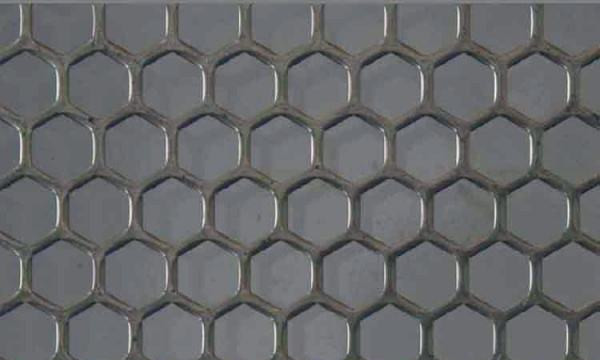Differences Between 201 and 304 Perforated Metal Sheets
Source:www.cn-psp.cnAuthor:河北森驰公司 Last updated:2025-04-06 10:49:41 Browse:
The main differences between 201 and 304 perforated metal sheets lie in material composition, hardness, processing difficulty, and corrosion resistance. 201 perforated metal sheets contain a higher amount of manganese and a lower amount of nickel, which makes them harder. However, this also makes the processing more difficult, especially when making small holes; sometimes, perforation cannot even be completed. In contrast, 304 perforated metal sheets have a higher nickel content, which enhances their corrosion resistance and strength but also makes them more expensive.
In terms of processing, due to the higher hardness of 201 perforated metal sheets, producing fine small holes becomes more challenging, which is one of its major limitations. On the other hand, 304 perforated metal sheets are easier to process, especially when high-precision small holes are required, showing superior performance.
Perforated Metal Sheet
In terms of cost, 201 perforated metal sheets are more economical and suitable for applications where corrosion resistance requirements are not high. Although 304 perforated metal sheets are more expensive, their excellent corrosion resistance and durability make them an ideal choice for use in harsh environments.
In summary, if the requirements for material strength and corrosion resistance are not high and the budget is limited, 201 perforated metal sheets are a good choice. However, if the application environment is harsh and requires higher durability and performance, 304 perforated metal sheets are the better option.
